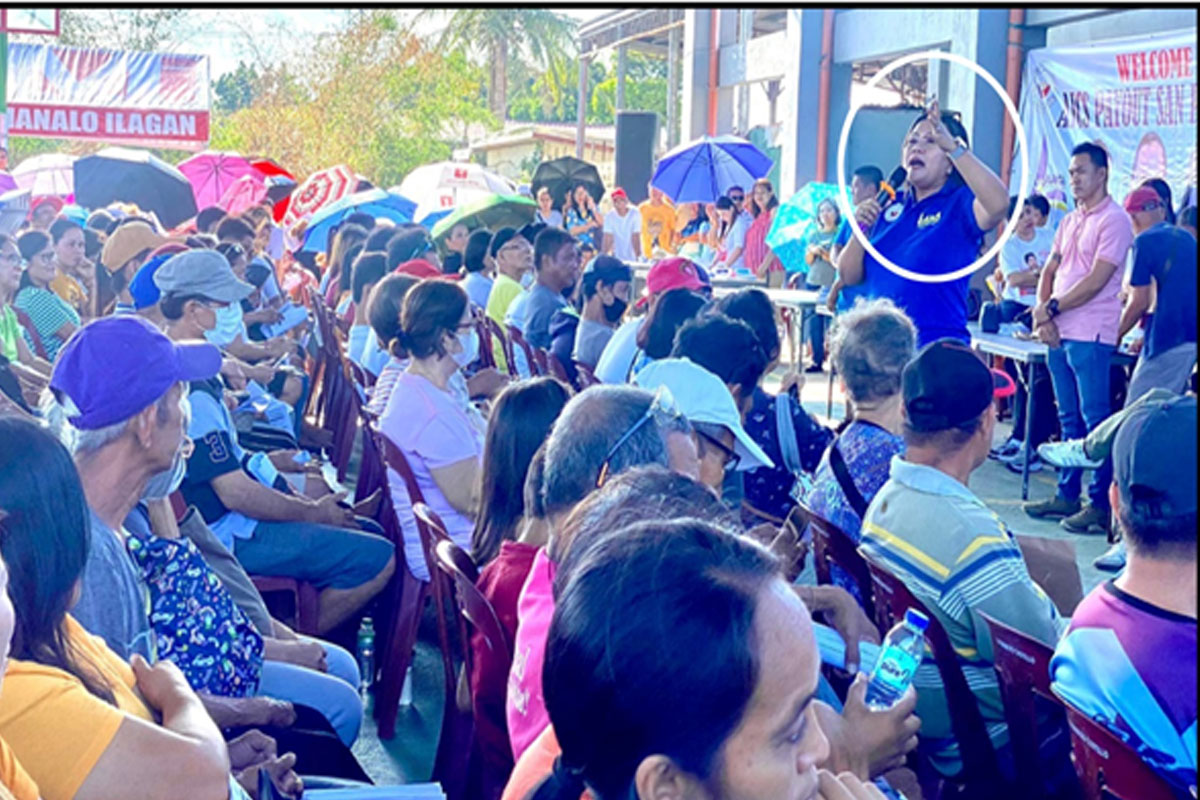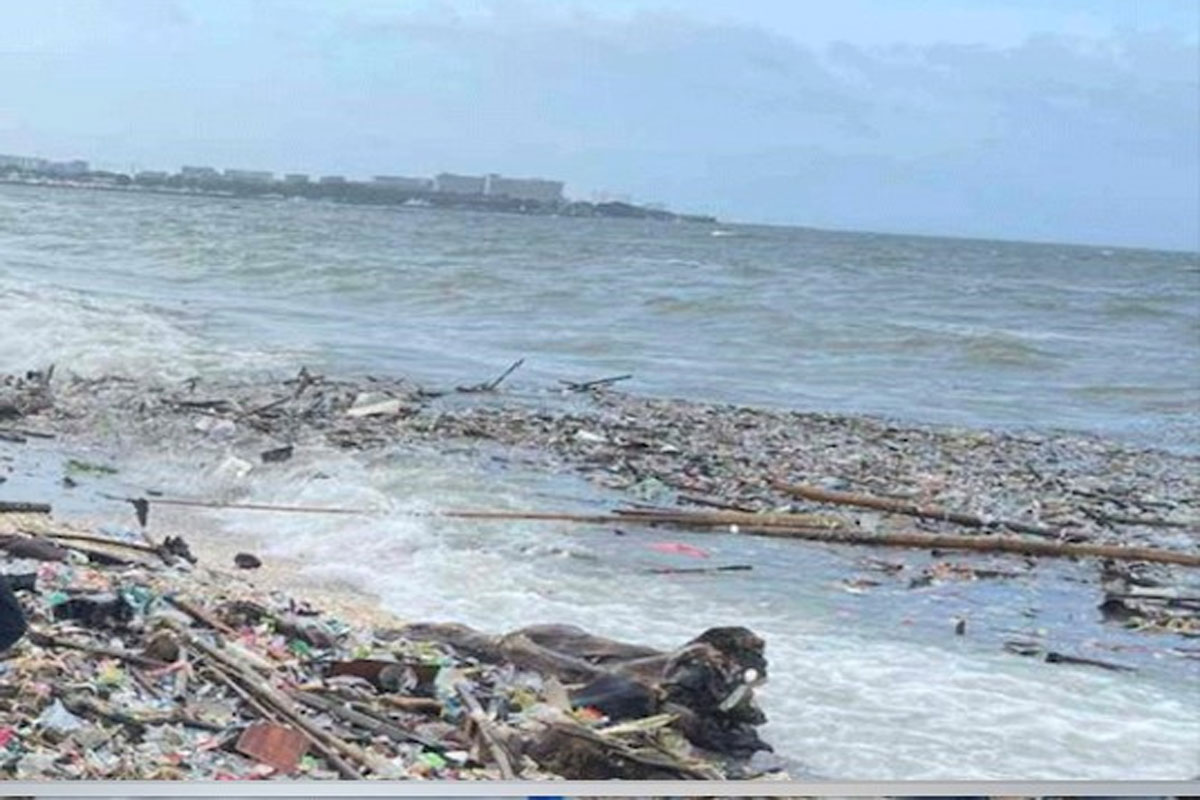
WHERE ARE THE CESSNA CRASH VICTIMS?
FORTY days after beginning a massive search for the people aboard a Cessna plane that crashed in the jungles of Isabela, commandos from the Philippine National Police Special Action Force (PNP-SAF) remain bent on their mission to find the victims, despite the challenges they have been facing in combing the thick forest in the area, the Journal Group learned yesterday.
Brigadier General Rudolph B. Dimas, the new PNP-SAF director, receives a daily briefing on the progress of the ongoing search-and-rescue mission, foremost of which is the physical and mental status of the troopers involved and their ability to sustain the search.
In the end, the Isabela Provincial Disaster Risk Reduction and Management Council, headed by Attorney Constante Foronda, will have the final say on whether to continue or to call off the search.
Members of the PNP-SAF, Isabela Provincial Police Office, Police Regional Office 2, the Army’s Scout Ranger, Bureau of Fire Protection and the Army’s 95th Infantry Battalion are principally involved in the ongoing search for the missing plane and its passengers in the mountain range of Sierra Madre.
Being combed by the rescuers are the heavily forested areas of Divilacan, Isabela, where the plane is believed to have gone down.
However, as of Saturday afternoon, there has been no reported sighting or sign of the missing Cessna plane in the area, which is known for its unpredictable weather and presence of wild animals including poisonous snakes.
The movement of the SAF troopers and other rescuers is also being hampered by the unpredictable weather condition, heavy rains, cold temperature, rugged terrain, fog and most importantly, the absence of communication signal in the area.
They have been checking information being given by residents of many barangays in Divilacan and San Mariano towns and Ilagan City. For the record, there is no Globe and Smart mobile signal in the area.
The PNP-SAF commandos launched the rescue mission in the Sierra Madre mountains with officials praying for a miracle they would still manage to find survivors of the crash.
There is also the threat posed by members of the New People’s Army who are known for attacking soldiers and policemen engaged in humanitarian missions, thus the need for the search-and-rescue teams to be on constant alert for armed men in the area.
The PNP-SAF’s former director, Major Gen. Edgar Alan O. Okubo, started the search-and-rescue mission to find the missing victims in the heavily forested areas between Divilacan and Maconacon in Isabela province.
The January 23 plane crash has exposed the need for the government to better prepare when responding to such tragic incidents in the future. It was suggested that an inter-agency unit be created to supervise all search-and-rescue efforts in the event of an air, land or maritime tragedy, equipping the team with planes, helicopters and watercraft badly needed to ferry rescuers at the soonest possible time.
It should be noted that the search was delayed for three days due to inclement weather; the unavailability of planes or seacraft that would transport the SAF commandos and their equipment to the nearest command center; the presence of heavy clouds that make it very hard for helicopter or plane crews to spot signs of the plane wreckage; the lack of roads that make it much harder for the rescuers to reach their target; and other unforeseen circumstances.
There is also no Globe mobile network, radio, internet and satellite phone signal in the area, which is known for its dense vegetation and its foggy, rainy weather. Smart’s mobile network signal in the same area is on and off.
Efforts to reach the place via off-road vehicles have also been futile since the vehicle routes in the area have been heavily damaged by landslides. Thus, only motorcycles or “habal-habal” can pass through it.
Officials said the help of barangay officials and local residents is crucial in the search since people who may have witnessed the plane crashing to the ground can easily provide rescuers with timely and accurate information, provided they have the tools to do it.
Last but not least, there is a need to provide the unit with adequate funding since the conduct of a search-and-rescue operation is very expensive. Officials said food and other provisions as well as gasoline and aviation fuel cost reach hundreds of thousands a day.
Foronda said the search efforts have been boosted by the arrival of the SAF commandos, who are highly trained in combing heavily forested areas and are equipped with sound detectors, tactical stretchers, drones and other necessary equipment.














